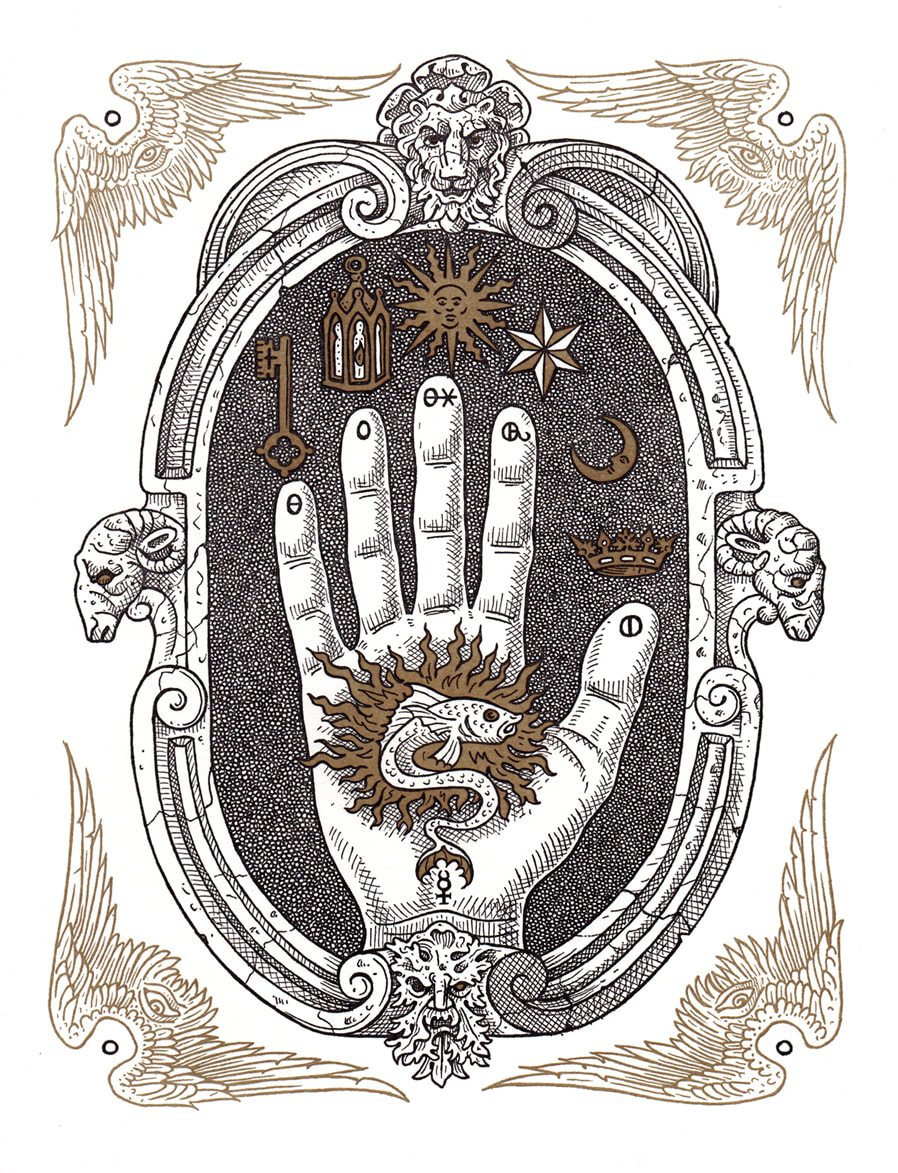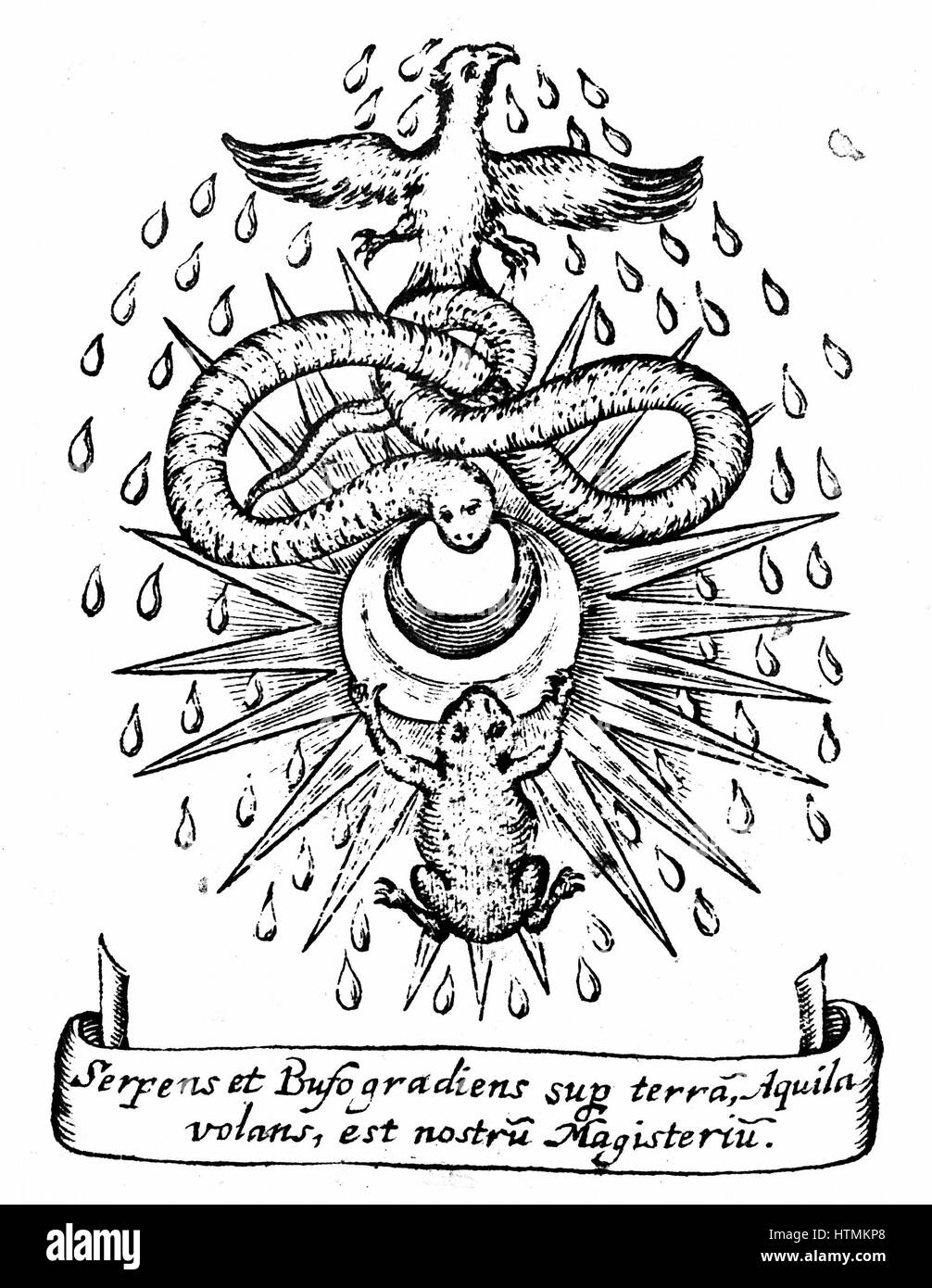VITRIOL, often shrouded in mystery as an alchemical secret, is a Latin acronym that has captivated scholars, mystics, and seekers of knowledge for centuries. Standing for “Visita Interiora Terrae Rectificando Invenies Occultum Lapidem,” it translates to “Visit the interior of the earth and by rectifying, you will find the hidden stone.” This phrase is not merely a chemical reference but a profound symbol of spiritual transformation, urging individuals to embark on an inward journey of self-purification and discovery. As an alchemical secret, VITRIOL encapsulates the essence of alchemy’s blend of science, philosophy, and mysticism, offering timeless insights into personal growth and enlightenment.
The Origins and Historical Context of VITRIOL

The story of VITRIOL begins in the shadowy world of medieval alchemy, where it emerged as a cryptic guide for those pursuing the elusive philosopher’s stone. This introductory paragraph sets the stage for exploring how VITRIOL evolved from obscure roots to a central tenet of alchemical thought, reflecting the era’s fascination with transformation and the hidden forces of nature. By examining its historical development, we can appreciate how this acronym bridged ancient wisdom with Renaissance innovations, influencing not only chemistry but also spiritual and philosophical discourses.
Early Alchemical Roots and Influences

Alchemy, as a precursor to modern chemistry, was steeped in symbolism and secrecy, and VITRIOL’s origins can be traced back to this fertile ground. The term first appeared in alchemical manuscripts during the late Middle Ages, around the 15th century, when practitioners sought to transmute base metals into gold and achieve spiritual purification. VITRIOL was not just a word but a mnemonic device, designed to encode deeper truths that could only be unlocked by the initiated. Its use in texts like the “Turba Philosophorum” hinted at a journey inward, mirroring the alchemical process of breaking down and rebuilding matter.
This inward focus was influenced by Hermetic traditions, which drew from ancient Egyptian and Greek philosophies. For instance, the concept of “visiting the interior” echoes the teachings of Hermes Trismegistus, whose works emphasized the microcosm within the macrocosm. Alchemists like Basil Valentine, in his writings, used VITRIOLas a guiding principle for the inner journey, intertwining the physical transformation of materials with the spiritual evolution of the self.
The Renaissance and the Revival of Alchemical Practices
During the Renaissance, a period marked by a resurgence of interest in science and mysticism, VITRIOL gained prominence among scholars who saw alchemy as a path to understanding both the material world and the divine. This era birthed notable figures such as Paracelsus and Nicholas Flamel, who incorporated VITRIOL into their philosophies, emphasizing its dual role as a chemical process and a metaphor for personal transformation.
The Renaissance thinkers viewed nature as a living entity, where every element held symbolic significance. VITRIOL became a beacon for those wishing to decipher nature’s secrets, urging seekers to delve into the depths of their own psyche as they reflected upon the celestial order. It symbolized the quest for knowledge, encouraging alchemists to explore their inner landscapes while unraveling the mysteries of the external world.
Moreover, the translation of ancient texts and the establishment of alchemical societies during this time facilitated the spread of VITRIOL’s teachings across Europe. This cultural exchange not only enriched alchemical knowledge but also sparked debates on the intersection of science and spirituality, solidifying VITRIOL’s status as an intellectual pursuit that transcended mere experimentation.
VITRIOL’s Influence on Modern Esoteric Practices
The legacy of VITRIOL extends beyond medieval alchemy into modern esoteric practices, where it continues to inspire individuals seeking enlightenment. With the rise of mystical traditions such as Rosicrucianism and Freemasonry, VITRIOL was often referenced as a fundamental principle of transformation, emphasizing the importance of personal introspection in achieving higher states of consciousness.
In contemporary spiritual circles, the acronym is frequently invoked as a guide for self-discovery. Practitioners understand “visiting the interior” as a call to engage in deep self-reflection and psychological exploration. VITRIOL serves as a reminder that true knowledge begins within, necessitating a willingness to confront one’s shadows and embrace the complexities of the human experience.
Additionally, VITRIOL’s presence in modern psychology can be observed through concepts like Carl Jung’s individuation process, where self-realization and integration of the unconscious are paramount. By revisiting the wisdom encapsulated in VITRIOL, individuals can navigate their personal journeys with greater clarity, melding ancient insights with contemporary practices to foster holistic growth.
The Symbolism Behind VITRIOL
VITRIOL transcends its literal meaning, embodying rich symbolism that speaks to the transformative journey undertaken by the seeker. Understanding these symbols adds depth to its interpretation and highlights how they resonate with universal themes of change, purification, and enlightenment.
The Inner Journey: Exploring the Depths of Self
At the heart of VITRIOL lies the concept of the inner journey—a theme present in many spiritual traditions. To “visit the interior” is to embark on a voyage of self-exploration, peeling back the layers of ego and societal conditioning to reveal the core essence of one’s being.
This inward expedition often involves confronting fears, doubts, and unresolved emotions, akin to alchemists’ processes of distillation and purification. The journey demands courage and vulnerability, as individuals must confront aspects of themselves they may have long ignored. However, it is through this confrontation that profound transformation occurs; just as base metals can be transmuted into gold, the seeker can emerge from this inner work renewed and enlightened.
Furthermore, the concept resonates with ideas in modern psychology about the potential for growth through adversity. Just as VITRIOL instructs individuals to delve deep within, therapeutic practices encourage clients to explore their subconscious, leading to healing and self-actualization. Thus, the symbolism of the inner journey serves as a crucial reminder of the importance of introspection in achieving holistic well-being.
The Process of Rectification: Purification and Transformation
The notion of “rectifying” within VITRIOL embodies the idea of purification—removing impurities to reveal the true nature of the self. This alchemical process parallels the transformative experiences that individuals undergo throughout their lives.
In practical terms, rectification involves discerning what no longer serves us, whether that be toxic relationships, harmful habits, or limiting beliefs. Much like the alchemist separates elements to isolate the philosopher’s stone, individuals must sift through their experiences and influences to identify and release what detracts from their authenticity.
This purification process is often tumultuous; it invites discomfort and challenges, demanding resilience from the seeker. Yet, it is essential for genuine transformation to occur. In this light, VITRIOL encourages individuals to embrace the chaos of change, recognizing that the journey toward self-discovery is fraught with trials that ultimately lead to greater clarity and purpose.
The Hidden Stone: Discovering the True Self
The “hidden stone” referred to in VITRIOL symbolizes the ultimate goal of the alchemical journey—the realization of one’s true self. This concept aligns closely with various spiritual teachings, wherein the revelation of the inner being is considered the pinnacle of enlightenment.
Finding the hidden stone is not merely about achieving a destination; it’s about embracing the ongoing process of self-discovery that evolves over time. Each individual’s path is unique, shaped by personal experiences, aspirations, and spiritual inquiries. As such, the metaphor of the hidden stone serves as a reminder that true fulfillment arises from continuous exploration and growth, urging seekers to remain curious and open-hearted throughout their journeys.
Moreover, the hidden stone signifies the unity between the material and spiritual realms. The alchemical process illustrates that the mundane aspects of life can hold profound significance when viewed through a lens of awareness and intention. Engaging with the principles of VITRIOL allows individuals to bridge their inner and outer worlds, ultimately leading them closer to the truth of their existence.
Contemporary Applications of VITRIOL

In today’s fast-paced world, the tenets of VITRIOL offer valuable guidance for personal development and spiritual exploration. As individuals seek meaning amid complexity, VITRIOL’s teachings can be harnessed to foster holistic growth and empowerment.
VITRIOL in Personal Development Practices
As the pursuit of self-improvement continues to gain traction, VITRIOL serves as a foundational framework for personal development enthusiasts. From mindfulness meditation to journaling prompts, the acronym inspires individuals to integrate its principles into their routines.
For instance, practitioners may start their journey by “visiting the interior” through reflective journaling, where they explore their thoughts, feelings, and underlying motivations. This practice not only enhances self-awareness but also provides clarity on areas requiring rectification, empowering individuals to take actionable steps toward growth.
Furthermore, workshops and retreats focused on VITRIOL-inspired techniques promote community engagement and shared learning experiences. Participants can collaborate, share insights, and support one another in their respective journeys, fostering a sense of belonging and collective transformation.
VITRIOL in Spirituality and Mindfulness
Amidst the rise of mindfulness practices, the principles of VITRIOL resonate deeply with spiritual seekers. By embracing the notion of rectification, individuals can cultivate a more conscious approach to their daily lives, integrating mindfulness into their interactions and decision-making processes.
In spiritual contexts, VITRIOL can serve as a mantra or guiding principle, reminding practitioners to remain present and engaged in their journeys. Whether through meditation, breathwork, or mindful movement, the teachings of VITRIOL inspire individuals to connect with their authentic selves and nurture their inner landscapes.
Moreover, community rituals and ceremonies inspired by VITRIOL can provide opportunities for collective healing and transformation. By engaging in shared practices, participants can honor their individual paths while recognizing the interconnectedness of all beings, creating a powerful synergy that amplifies the effects of their efforts.
VITRIOL and Modern Psychology
As contemporary psychology continues to explore the intricacies of the human mind, the wisdom of VITRIOL offers valuable insights into therapeutic practices. Concepts such as self-reflection and inner exploration align with various therapeutic modalities, including cognitive-behavioral therapy (CBT) and acceptance and commitment therapy (ACT).
Therapists can draw on the principles of VITRIOL to encourage clients to confront their inner landscapes, guiding them through the process of rectification to attain greater self-understanding. By framing struggles as opportunities for transformation, practitioners can instill hope and resilience in their clients, empowering them to navigate challenges with confidence.
Additionally, VITRIOL’s emphasis on finding the hidden stone resonates with the goals of personal growth within therapeutic settings. Clients are encouraged to uncover their strengths, values, and passions, leading to a deeper sense of purpose and fulfillment. Through this lens, VITRIOL serves as a powerful tool for fostering self-discovery and enhancing overall mental health and well-being.
Conclusion

VITRIOL stands as a timeless testament to the quest for knowledge and transformation, bridging the realms of ancient alchemy with contemporary personal development practices. Its rich history and multifaceted symbolism invite individuals to embark on a profound journey of self-discovery, emphasizing the importance of introspection, rectification, and the unveiling of the hidden self. As seekers navigate the complexities of modern life, the teachings encapsulated within VITRIOL offer invaluable guidance, inspiring them to uncover their true potential and embrace the transformative power of their inner journeys. By returning to the essence of VITRIOL, individuals can forge deeper connections with themselves, the world around them, and the universal truths that bind us all.

GIPHY App Key not set. Please check settings